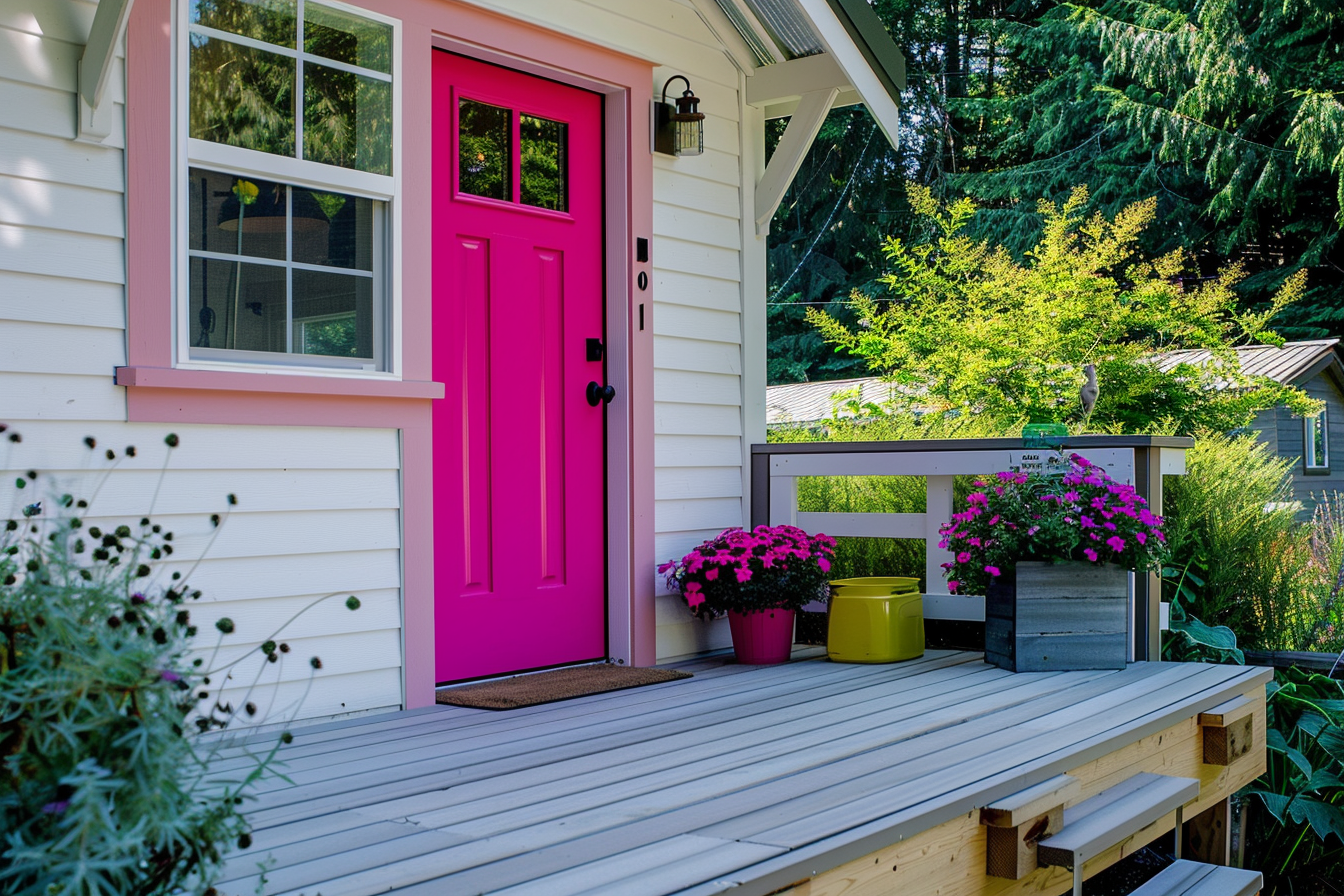

Embarking on the journey of building a granny flat can be both exciting and daunting, especially for beginners. From navigating local regulations to managing construction costs, there are various challenges to overcome along the way. However, with proper planning and preparation, you can successfully navigate these challenges and turn your granny flat dreams into reality. Here’s a beginner’s guide to help you get started:
1. Understanding Local Regulations
Before diving into the construction process, it’s crucial to familiarize yourself with the zoning regulations and building codes in your area. Different municipalities may have specific requirements regarding the size, design, and placement of granny flats. Take the time to research and consult with local authorities to ensure compliance with all regulatory requirements.
Quote:
“Navigating local regulations can be challenging, but it’s essential for a successful granny flat project. Take the time to do your homework and seek guidance from professionals if needed.” – David, 58
2. Setting a Realistic Budget
Establishing a realistic budget is critical for managing costs and avoiding financial stress during the construction process. Consider factors such as material expenses, labor costs, permit fees, and unforeseen contingencies when determining your budget. It’s also wise to allocate a contingency fund to account for any unexpected expenses that may arise along the way.
- Material costs
- Labor costs
- Permit fees
- Contingency fund
3. Hiring the Right Professionals
Choosing the right team of professionals is essential for ensuring a smooth and successful construction process. Consider hiring an experienced architect or designer to help create a functional and aesthetically pleasing granny flat design. Additionally, work with licensed contractors and builders who have expertise in granny flat construction and a proven track record of delivering quality results.
Tip:
Request references and portfolio samples from potential contractors to assess their previous work and client satisfaction levels before making a decision.
4. Managing Construction Timeline
Managing the construction timeline is crucial for staying on track and avoiding delays that can impact your budget and timeline. Work closely with your contractor to establish a realistic construction schedule and set milestones for each phase of the project. Regular communication and progress updates will help ensure that construction stays on schedule and any issues are addressed promptly.
Quote:
“Keeping a close eye on the construction timeline is key to avoiding delays and ensuring a timely completion. Regular communication with your contractor is essential for staying on track.” – Susan, 63
By understanding local regulations, setting a realistic budget, hiring the right professionals, and managing the construction timeline effectively, you can navigate the challenges of granny flat construction with confidence and achieve your desired outcomes. Remember to stay patient and flexible throughout the process, and don’t hesitate to seek guidance from experienced professionals if needed.




